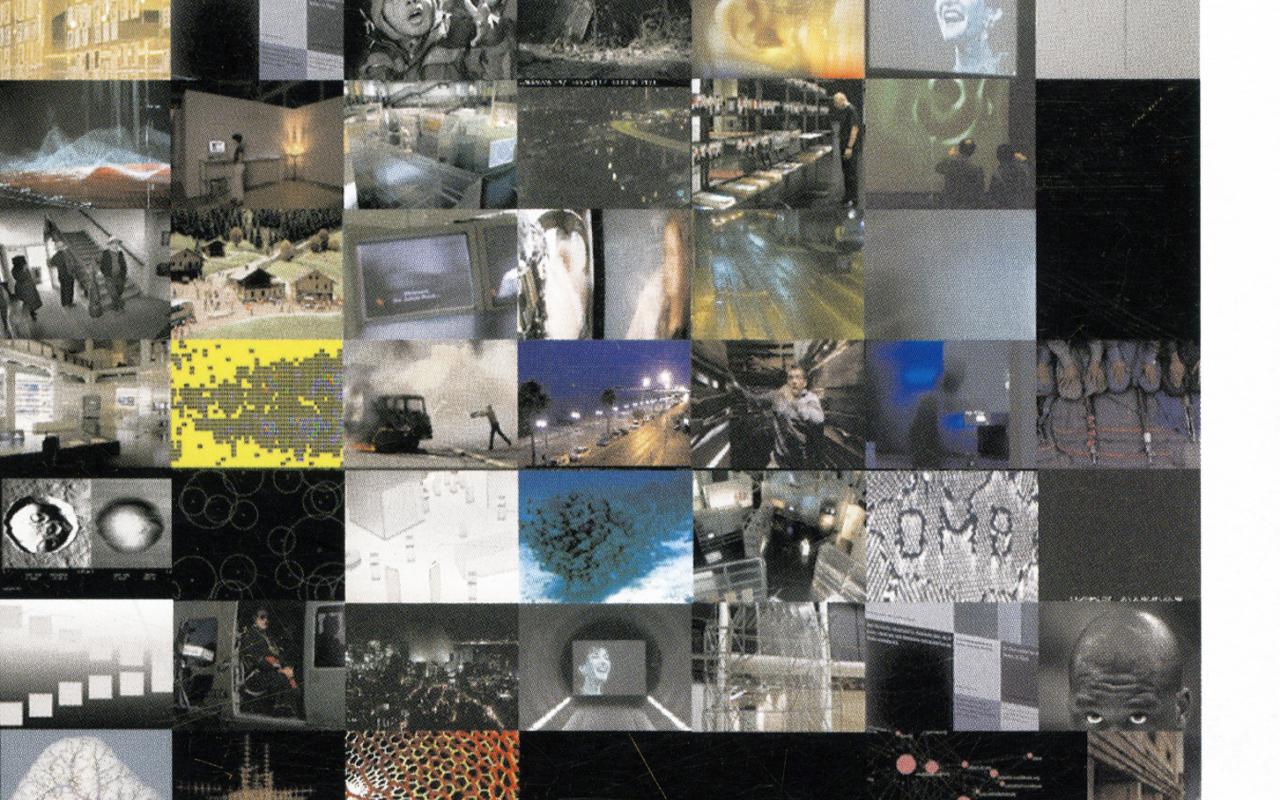Florian Rötzer: Die Schönheit eines brennenden Autos
- Duration
- 36:35
- Category
- Lecture/Talk
- Date created
- 21.01.2006
- Description
Florian Rötzer, Chief Editor of Telepolis: »The beauty of the burning car. Images as weapons«
A regular feature of all the major events of the recent past has been the rapid availability of pictures taken by so-called amateurs and distributed via television and, above all, on the Internet. Ever since the attacks of 11 September 2001 and the war in Iraq it has been clear that pictures of drones, satellites, rockets, cameras and other sensors, along with simulations, have not only become indispensable for direct combat but that they also function as weapons in their own right which can help to win or lose battles.
In recent years, two interconnected technical trends have opened up a new area for images. Digital cameras have become cheaper and better and have gained wide acceptance in the form of camera mobiles. Digital photos can be taken and transmitted in an instant; they cost little to store and can be deleted immediately. This increases people’s willingness to take more pictures on the spur of the moment and in a haphazard manner – just for fun, as it were. An occasion is no longer necessary and a meaning no longer important because either the picture itself provides a meaning or it is dispatched without further ado to the realms of digital nirvana. Thanks to the permanent attention paid by the takers of pictures we are getting gradually closer to an approach whereby we aestheticise the world around us, see it through a lens and thus select pictorial excerpts or create random impressions. The flood of images with which we duplicate the world, getting both closer up to it and standing further back from it, has increased exponentially with the use of digital cameras and camera mobiles.
What is also new is the ability to immediately transmit pictures from a mobile phone or to post them on the Internet, irrespective of whether they are on your own website or blog, in some forum or other or on photo-sharing sites, such as flickr.com, where tags enable your own pictures to be networked with pictures taken by other people. Moreover, digital pictures can be easily copied, processed and distributed. This means a permanent expansion and updating of global awareness or global perception. In addition individual images can spread, virus-like, at great speed and infect many people’s perception like a mem, whereas prior to the Internet and the mobile telephone networks they mostly had to pass through the bottleneck of the mass media.
The upshot of these two interconnected and reinforcing techniques and trends is a growing loss of control over the global flow of images in which pictures are being fed into the public virtual image space from ever more sources. This naturally includes the images from cameras that are not operated by human hand as well as from other optical sensors. Part and parcel of this loss of control is that pictures are now being circulated that were either never taken in the past because of a lack of the requisite opportunity or the prevailing morality or were secretly circulated among small groups. As a result we are now getting to see more and more pictures that we would never have seen previously in the media. They include pictures of torture in Abu Ghraib prison, of terrorist attacks and executions, of the bloody consequences of war, of acts of cruelty, of obscene acts, of the beauty of destruction and of everyday banality. We are in the midst of a revolution in the world of images and perception which, needless to say, is also changing us and the real world, too.
Audio
-
Das Bild in der Gesellschaft (Einleitung: Peter Weibel, Wilhelm Krull)
Lecture/Talk - 20.01.2006 - 14:02 -
Jim Gehrz: Finding my personal vision
Lecture/Talk - 20.01.2006 - 49:58 -
Michael Diers: Der Bildgebrauch in den Massenmedien
Lecture/Talk - 21.01.2006 - 13:14 -
Volker Böhnigk: Abbild und Typus
Lecture/Talk - 32:53 -
Wilhelm Krull: Bildpolitik
Lecture/Talk - 7:38 -
Peter Weibel: Kunst und/als Wissenschaft
Lecture/Talk - 22.01.2006 - 29:47 -
Klaus Neumann-Braun: Vorstellungsbilder und Bebilderungspraxis im Kontext von Jugend-Diskursen und jugendlichem Alltag
Lecture/Talk - 21.01.2006 - 30:52 -
Armin Linke: Transient
Lecture/Talk - 21.01.2006 - 27:25 -
Cornelius Borck: Das Maschinenbild als Auge des Geistes
Lecture/Talk - 22.01.2006 - 26:34

